The only exceptions are flowers of Eupomatia with stamens then perianth Lacandonia with pistils then stamens and some monocots like Triglochin where stamens in. This study aimed to examine the structure of the nectary trichomes in four Utricularia species Utricularia vulgaris L U.
Pinguicula Lentibulariaceae is a genus comprising around 96 species of herbaceous carnivorous plants which are extremely diverse in flower size colour and spur length and structure as well as pollination strategy.

Flower anatomy spur.
Some nectaries are in long spurs that develop either.
Very rarely plantar calcaneal spurs can fracture 10.
In Utricularia the flower spur is a nectary and in this organ nectar is produced and stored.
5 Epigynous fools parsley.
Bone spurs that grow out of one of the joints on the top of the midfoot are called tarsal spurs whereas bone spurs that grow on the inside or outside the toe are referred to as a toe spur.
Bremii Heer and U.
Intra- and interspecific variation in the shape and colour of petals especially the spurs has been shown to be adaptative for different pollinators.
Although many people with plantar fasciitis have heel spurs spurs are not the cause of plantar fasciitis pain.
Nectar spurs are present in many clades across the angiosperms and are often cited as an example of convergent evolution.
Flower Anatomy Perfect flower.
A form of a type of flower.
Half of the flower of the common Purslane Gray 1858.
Plant flowers contain female parts called pistil and male parts called stamen which allow the plant to reproduce.
The Flower Anatomy ClipArt gallery includes 418 illustrations of the parts of a flower.
These secretory structures however have not been studied in detail.
Tall larkspurs have a spurred blue flower similar to that of garden delphinium.
Typical form of Corolla.
Tall larkspur is a perennial that is found on hillsides and in meadows.
The secretory epidermis surrounded the inside of spur and formed.
The function of the stem is to support the plant and transport nutrients to the leaves and flowers.
Nectaries are common in Ranunculaceae.
A significant number of angiosperms present floral rewards in the form.
Bone spurs of the foot are more likely to form if you have a condition that causes local inflammation such as degenerative arthritis or tendonitis.
A European plant which grows in stagnant or.
The sepals petals or hypanthium and often contain tissues that secrete nectar nectaries.
Examples of plants with runners are strawberries and spider plants.
There are several types of nectaries in the orchids including extrafloral types that secrete nectar on the outside of the buds or inflorescence flower cluster while the flower is developing.
Adductor digiti minimi atrophy 1.
There are many different types of flowers but most of them have the same basic parts.
Comparative floral spur anatomy and nectar secretion in four representatives of Ranunculaceae Abstract.
Plantar calcaneal spurs are thought to be a result of enthesophytic changes involving the origin of the plantar aponeurosis 5.
However there is a gap in th.
The flower buds are formed on the spurs of the lateral branches and sometimes are surrounded by leaf buds.
Broad leaves are divided into deep lobes.
The flower is attached to the stalk which is a central shoot that also holds the leaves.
Flowers and fruit are borne laterally on spurs although a small number of flowers may be produced laterally on long shoots see Pollination section for more information.
This illustration shows a.
In Pinguicula nectar is formed in the flower spur.
Flower anatomythe tubular corolla called a spur.
The spur may arise from various parts of the flower.
This may involve one petal as in the larkspur Delphinium or all the petals as in columbine Aquilegia both members of the family Ranunculaceae.
Stolons are sometimes called runners but technically runners are a subgroup of stolons.
Flower buds are fat fuzzy and plump and leaf buds are pointed and flat.
Because the spur is not the cause of plantar fasciitis the pain can be treated without removing the spur.
FLOWER PARTS occur in whorls in the following ordersepals petals stamens pistils.
Of special interest is the elaboration of the petal into a nectar spur a major innovation for the genus.
The anatomy and the ultrastructure of spur nectaries of Gymnadenia conopsea at different developmental stages were investigated.
Datura Stramonium Upper part of corolla of Datura Stramonium in the bud.
Shallow cuplike nectaries at the base of the lip are common.
Plum flowers are morphologically similar to peach perigynous anatomy with white petals and smaller size Rieger no date.
A nectar spur is a hollow extension of a part of a flower.
One out of 10 people has heel spurs but only 1 out of 20 people 5 with heel spurs has foot pain.
In contrast wild geranium which is often mistaken for larkspur has shallow leaf lobes.
Spurs Figure 317 are short stubby lateral stems that arise from the main stem and are.
Their exact pathophysiology is not well understood but many theories have been proposed 2-4.









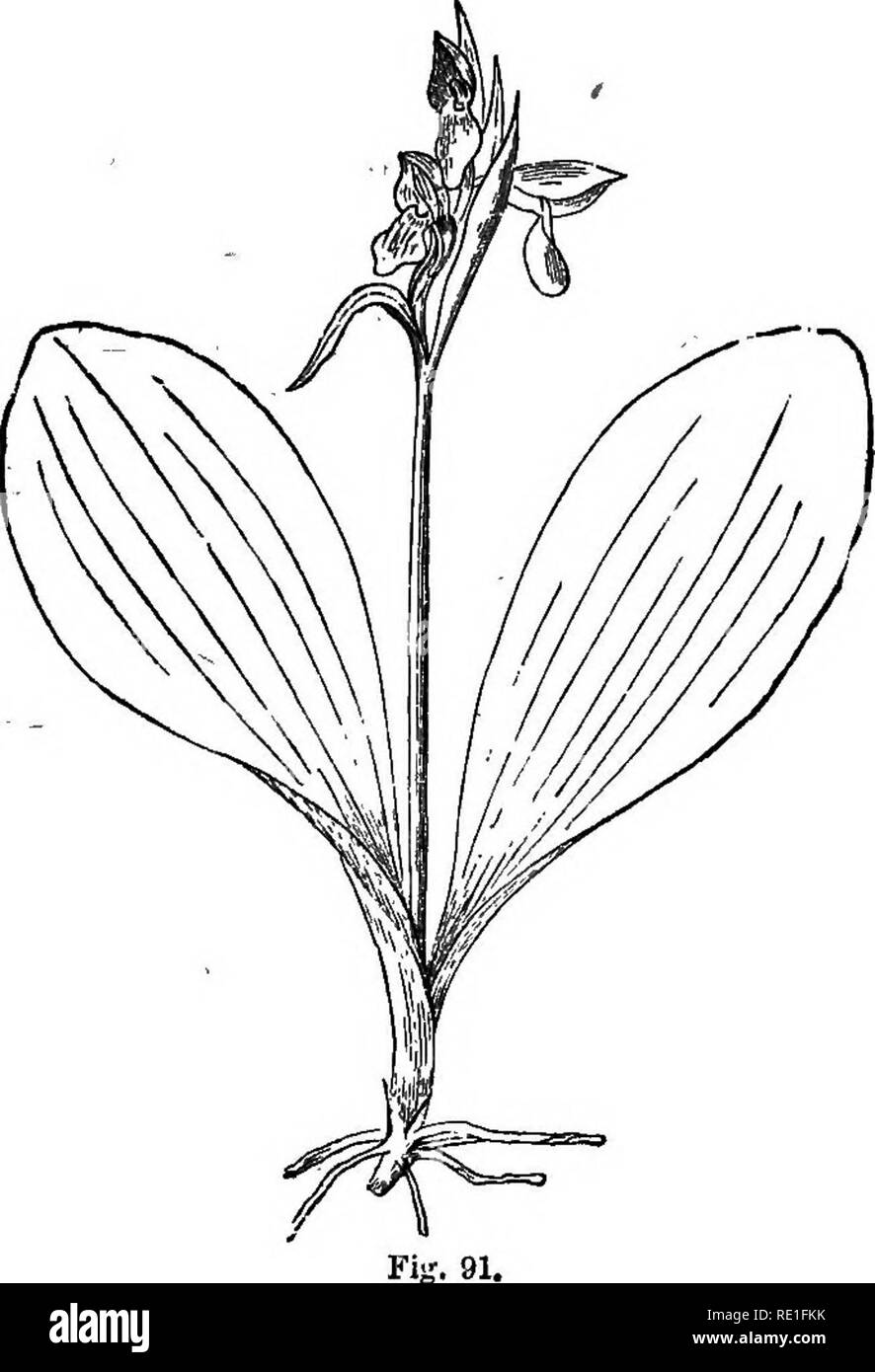

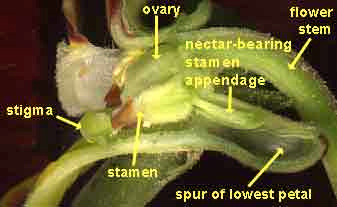



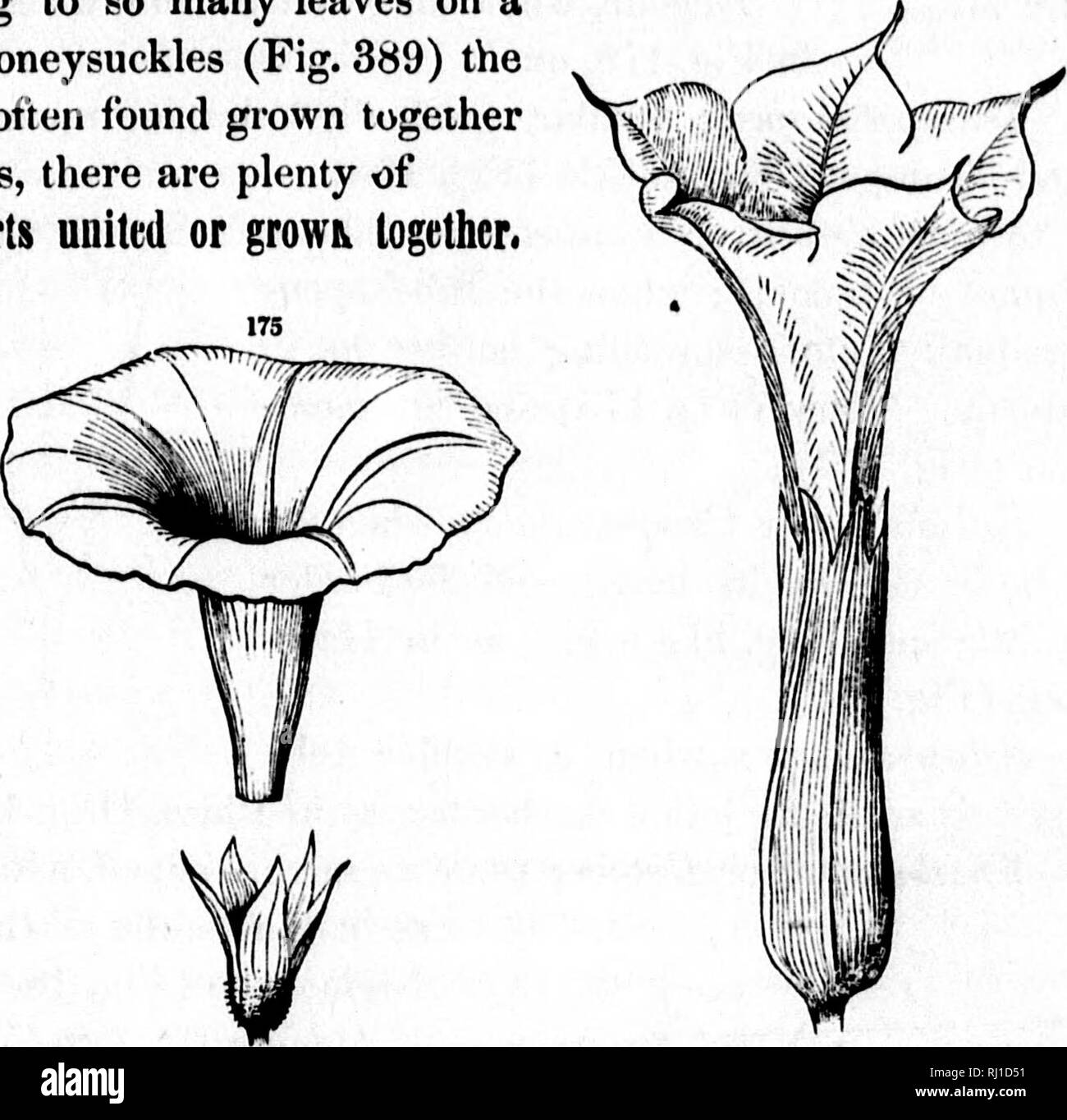

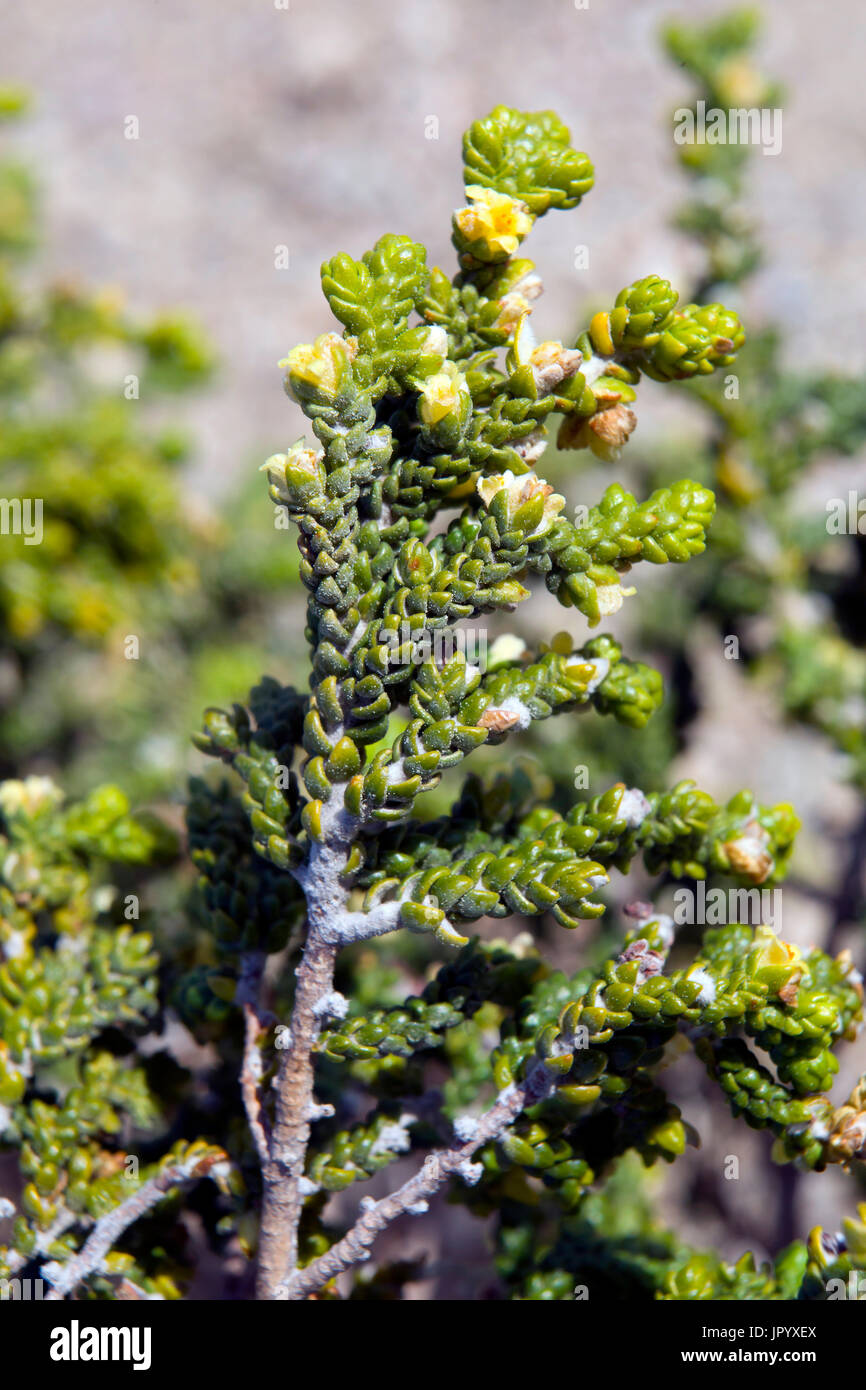
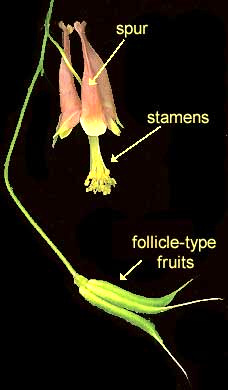

No comments:
Post a Comment